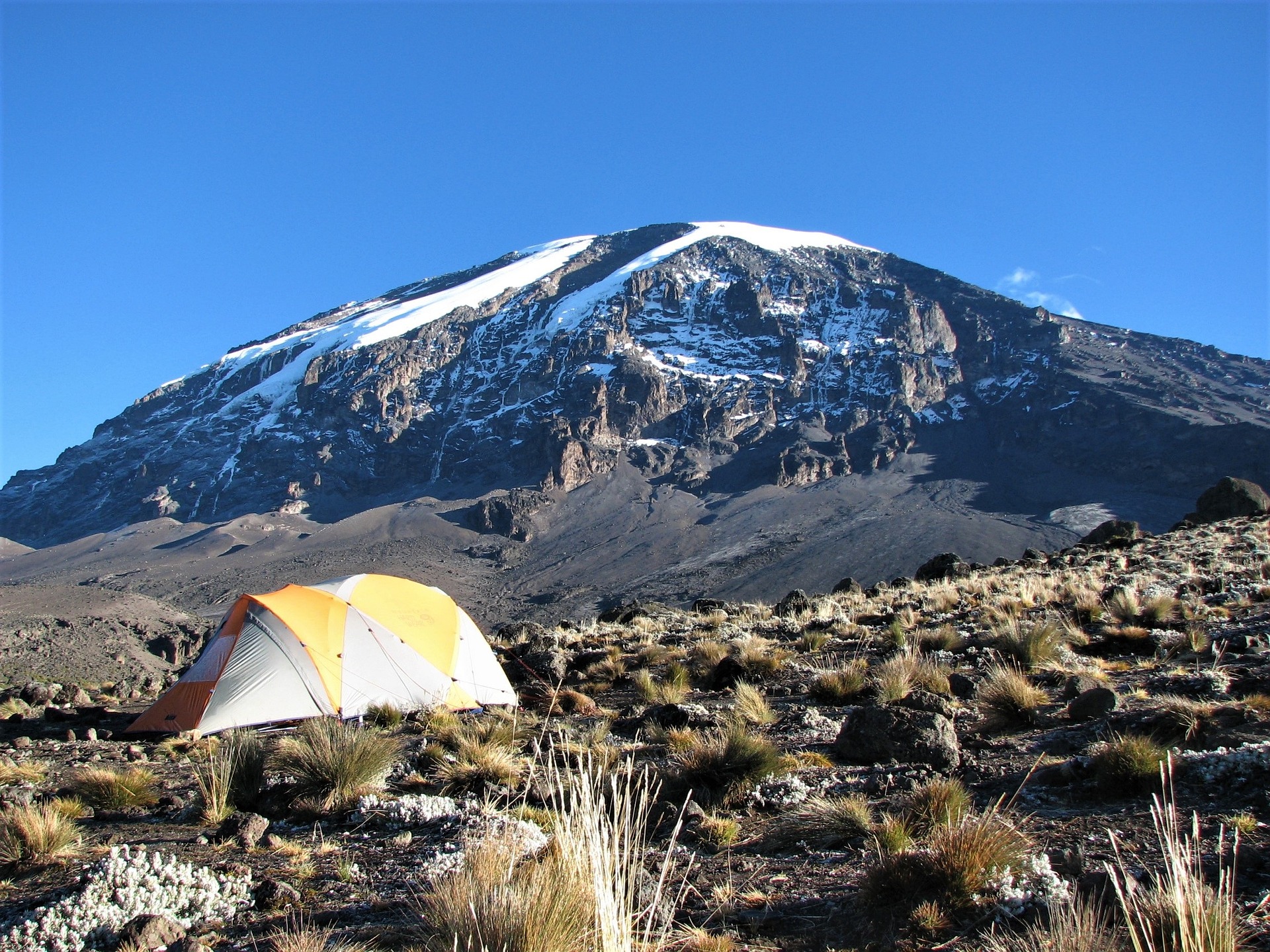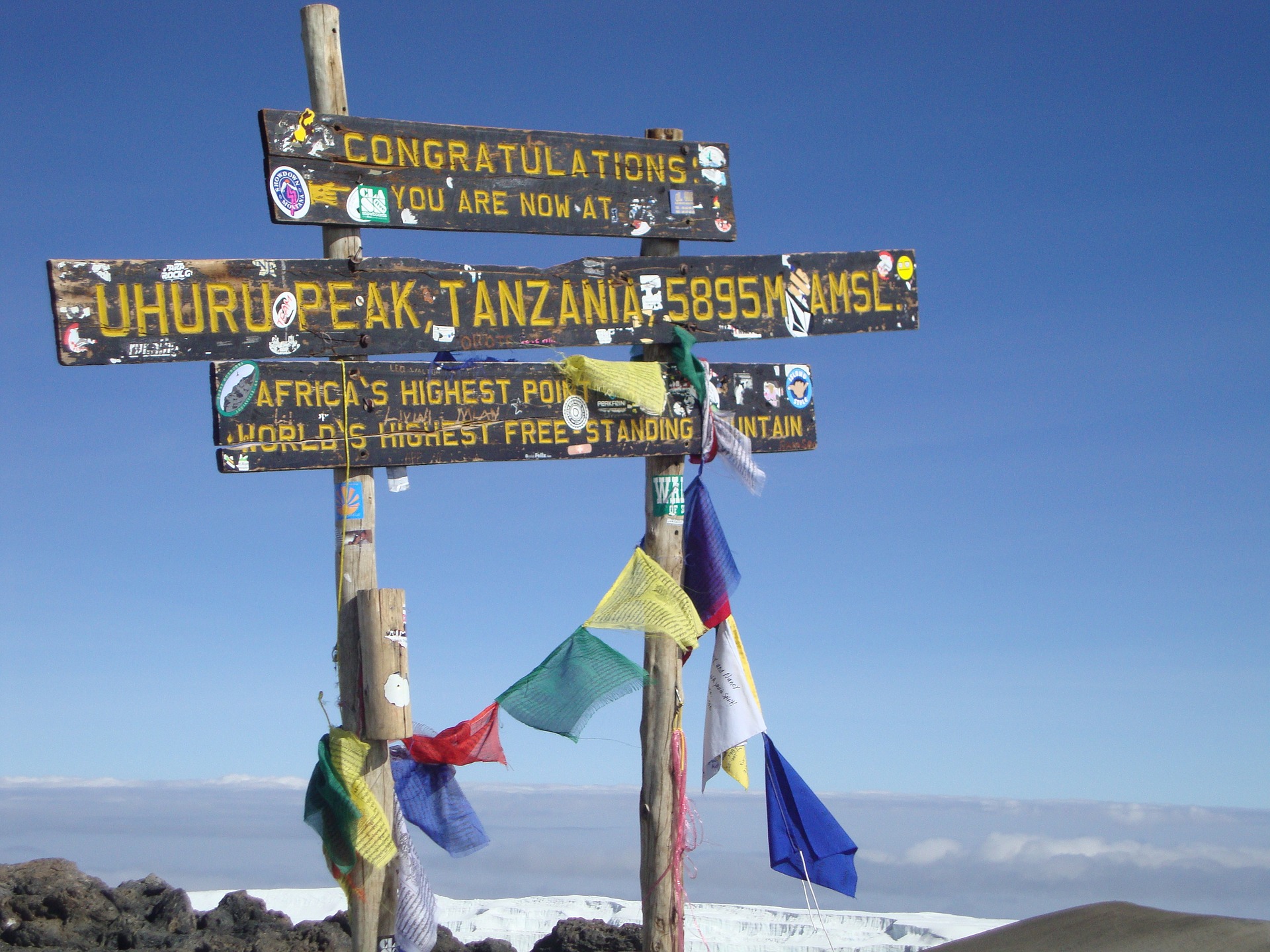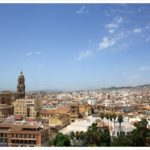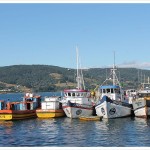Last Updated on July 18, 2023
Has the hiker in you ever pondered the snow-clad peak of Africa? If yes, then let me tell you, there’s no better adventure than making your way to the roof of this continent. Yes, we’re talking about the “Mountain of Light”, Mount Kilimanjaro. However, planning a hike to Kilimanjaro is not just about sturdy boots or a steadfast spirit. A vital aspect that many often overlook is timing. So, when do you think is the best time to hike Kilimanjaro? Let’s dive into it.
Understanding the Seasons of Kilimanjaro
Though located in the tropics, Kilimanjaro experiences two main seasons, driven by the monsoon winds from the Indian Ocean. The wet season, which is split between the “long rains” from March to May, and the “short rains” in November, means that the mountain can get quite slippery and challenging. The dry season happens from June to October and December to early March. Climbers usually prefer the clear and clement conditions in these months, which might offer an initial clue into the chosen “best time to hike Kilimanjaro”.

The Dry Seasons: A Peak into the Peak Season
So, remembering our first school of thought? Yes, the dry season seems to be more favorable for climbing. This is the time when the skies are clear as liquid azure, and the trails are dry and firm providing a safer climb, offering jaw-dropping views. June to October is the warmest and most comfortable time of the year, making it a popular choice for the “best time to hike Kilimanjaro”. This period also coincides with summer holidays in the US and Europe, meaning larger, livelier crowds on the trail, which could be a bonus if you’re a social butterfly.
Going Against the Grain: The Wet Season
However, not everyone is singing the same tune. Wet seasons, though more challenging and technically strenuous, offer their own kind of rewards. When the rains wash over the mountain, it blooms into a riot of colors, and the paths become less trodden. November or the period between March-May might just be the best time to hike Kilimanjaro for you if you prefer the path less taken.
Choosing Your Best Time: Some Insider Tips
State of the trails, crowd density, visibility, and your own skill level are all essential considerations to make before setting a perfect date with Kilimanjaro. But can we ask you a quick question? What if we tell you that one cannot single out the ‘best time to hike Kilimanjaro’, after all? Intriguing, isn’t it? Deciding the best time to hike Kilimanjaro is absolutely a personalized choice and it depends on individual preferences.

Playing with Altitude: The Climb Zones
The climb to Kilimanjaro isn’t just a trek; it’s a thrilling journey through varying altitude zones. From the bushland at its base, ascending through tropic rainforests, and highland deserts, to its icy summit, each zone presents distinct weather challenges. So again, what may seem like the “best time to hike Kilimanjaro” may differ with these altitude zones.
The Role of Moonlight: A Silvery Guide
Picture this: the silvery moonlight dancing on the frigid glacial fields, illuminating your path to the summit. Sounds surreal, right? Planning your summit night during a full moon phase can transform your hiking experience. Thus, for some, the best time to hike Kilimanjaro can also be dictated by the lunar calendar.
Tackling Crowds: The Silent Variable
If the thought of a bustling trail makes you uncomfortable or if you would rather not wait in line at that crucial vantage point for the perfect sunrise shot, the crowd factor is something you might want to consider. Ironically, the “best time to hike Kilimanjaro” is also when the trails are most crowded, during the dry months. Are you willing to swap the comfortable weather for a bit of solitude? Then, the shoulder months like November or March can appear quite attractive.

Conclusion: The Final Ascent: Your Call!
This article about our Kilimanjaro expedition seals the understanding that the best time to hike this monolith isn’t just about which month of the year it is, but about factors like your comfort with varied climatic conditions, your preparedness to traverse changing altitudes, your fascination for a moonlit climb, and your preference concerning crowded trails. As we’ve repeated, the ‘best time to hike Kilimanjaro’, ultimately, is a personal decision. What is important is that you listen to your own rhythm, choose what suits you best, and then, just climb! So, are you ready to embark on this incredible journey?”





